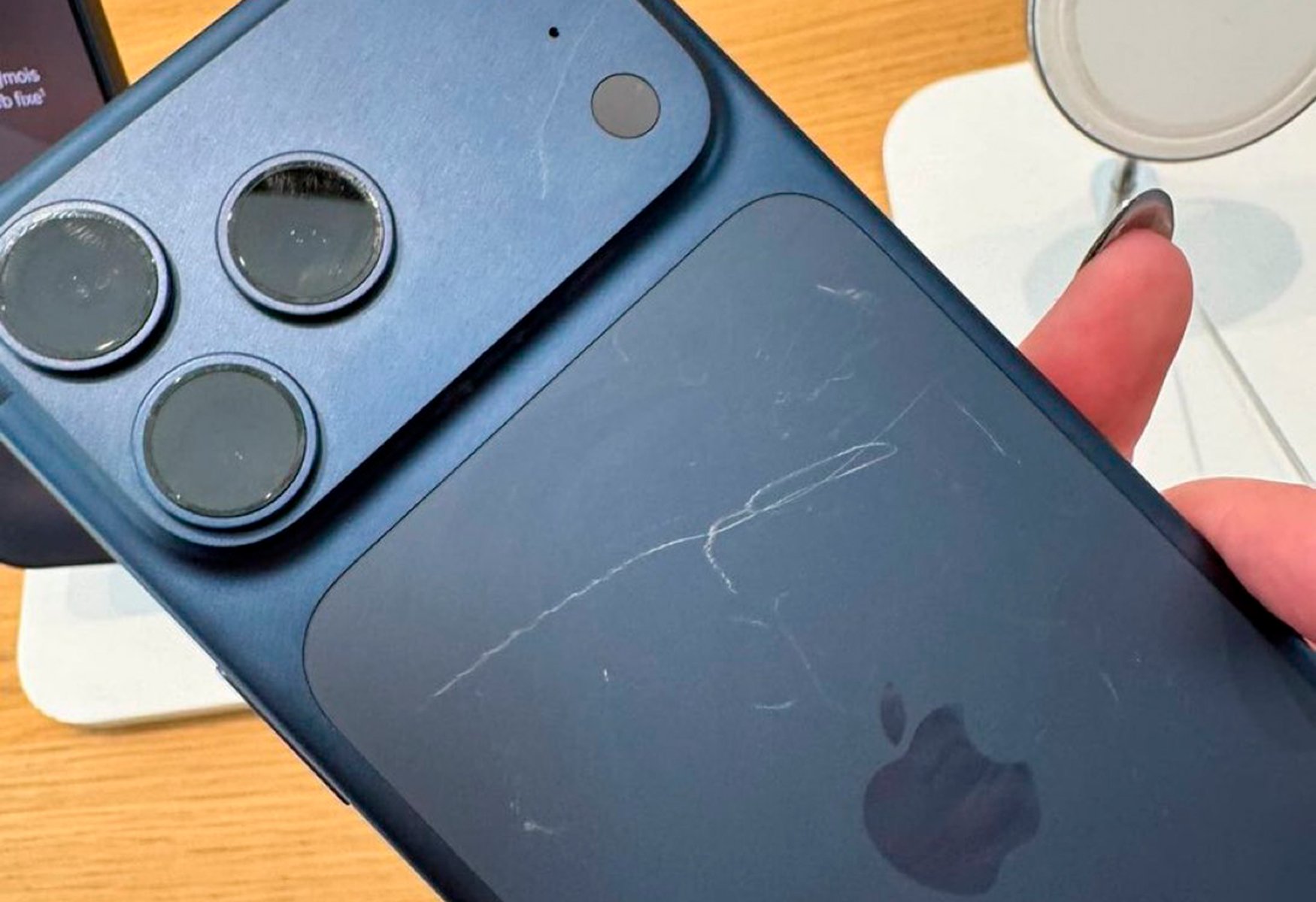Maybe you are not the kind of person who is very fond of using the shortcuts that Windows offers you and you use the mouse more for the basics, but the truth is that the keyboard can be an extremely comfortable system for some of the best known.
Almost all of us have at one time or another used the keyboard to perform everyday actions such as copying, pasting, cutting, or undoing any type of data, file, or text.
It is usually used mainly because of how convenient it is, and also because of the speed of performing an action, which in many cases is faster than using a mouse.
But once we understand what we’re talking about, there comes a point where we might be bombarded with the question, why did Microsoft decide these combinations were the right ones to carry out these actions?
Well, we are going to tell you because we think the whole story will be quite interesting for you, because if you don’t know it, you can’t imagine where we will have to go back to find out the origins of copy paste. , cut or undo our Windows operating system.
origins
The origins of the Ctrl+Z, Ctrl+X, Ctrl+C, and Ctrl+V keyboard shortcuts for undo, cut, copy, and paste in Windows go back to early 1980s.
The oldest ancestor of these shortcuts appeared in the computer Apple Lisa in 1983the forerunner of the Macintosh, a device that forever revolutionized computing with features that we would consider normal today but that marked a revolution at the time, such as the mouse.
One of Lisa programmers, especially Larry Teslerwas the one who chose the keys for undo, cut, copy and paste to be Z, X, C and V along with the Apple key (Apple + Z, Apple + X, Apple + C and Apple + V).
Tesler himself explained in 2016 why he chose these particular keys, saying:I chose them myself. X was the standard delete character. C was the first letter of Copy. The V was an inverted caret and apparently meant “Paste in at least one previous editor”.
Keep explaining it”Z stood next to X, C and V on the QWERTY keyboard in the US, but its shape also symbolized the do-undo-redo triad: top right stroke = step forward; middle move to the left = step back; bottom right stroke = step forward again.
Tesler also noted that the Apple + Z key originally served as the undo and redo key, and not just the multi-step undo we used to do before, as we use it now.
The truth is these keys make a lot of sense See also regarding its use, as they are located in the bottom left corner, next to the Apple key on Lisa, Command on Mac, or Control on Windows.
This contributes to the fact that if we use a mouse, with the left hand we can press these keys without any problems, turning the combination of keyboard and mouse into more than the right symbiosis.
At the moment when Apple released the Macintoshkept the same Z/X/C/V keys as a shortcut for the actions we told you about, but in this case it was combined with control key. So on a 1984 Mac, the combinations were Command + Z to undo, Command + X to cut, Command + C to copy, and Command + V to paste.
In what is an operating system, the basic undo, cut, copy, and paste shortcuts were introduced by the Apple Lisa, but this way of performing such actions has already been seen in computer software. 1973 Xerox High.
East computer for the first time in many things, since it had a mouse-based GUI, raster graphics, local area networks, laser printing, networked computer games, object-oriented technology, software engineering, and more.
raster screen and vertical monitor The Alto white paper made it perfect for computer documents and also launched the first WYSIWYG word processors that supported multiple fonts in addition to the keyboard shortcuts we’ve seen.
Own Steve Jobs (Founder of Apple) he visited Xerox PARC in 1979, declaring that Xerox had all the keys to future computing. This inspiration helped launch the Apple Lisa in 1983 and the Macintosh a year later.
Shortcuts in Windows
When Windows 1.0 was being created, Apple licensed Redmond to use some of the elements already present in the Macintosh interface.
Obviously, Microsoft didn’t make the interface the same as Apple’s. used between Windows 1.0 and 3.0 other shortcuts different from those that Apple had:
- Cancel: Alt + backspace
- Cut: Shift + Delete
- Copy: Ctrl + Paste
- Insert: Shift + Paste
Since Windows 3.0from Microsoft they also included Ctrl+Z, Ctrl+X, Ctrl+C and Ctrl+V as keyboard shortcuts.
Former Microsoft Vice President Brad Silverbergstated that the company chose to use the labels we know today.”for consistency with Office applications, some of which are based on Macintosh“.
They were also easier to use:”I liked the ZXVC better, it’s easier to remember and I thought it was a good idea.Silverberg continued.
The truth is that at the time they decided to make these changes, there were hardly any complaints, which is why since 1992, all desktop versions of Windows include keyboard shortcuts Ctrl+Z, Ctrl+X, Ctrl+C, and Ctrl+V for undo. cutting. , Copy and Paste, inherited from Xerox and Apple on Windows systems.
Did you expect these shortcuts that you use so often to be part of a computer that was born in the 70s and a device that came before the Macintosh? You can tell us what you think on our social media, we’d love to hear from you.
Source: Computer Hoy
I am Bret Jackson, a professional journalist and author for Gadget Onus, where I specialize in writing about the gaming industry. With over 6 years of experience in my field, I have built up an extensive portfolio that ranges from reviews to interviews with top figures within the industry. My work has been featured on various news sites, providing readers with insightful analysis regarding the current state of gaming culture.














